Foot orthoses

"A foot orthosis is an in-shoe device which is designed to alter the location, magnitudes and temporal patterns of the ground reaction forces acting on the plantar aspect of the foot in order to allow more normal foot and lower extremity function and to decrease pathologic loading forces on the structural components of the foot and lower extremity during weight-bearing activities."

Different types of foot deformities

Hallux valgus
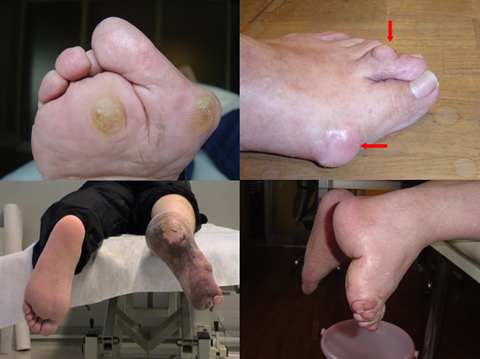
Different types of foot deformities
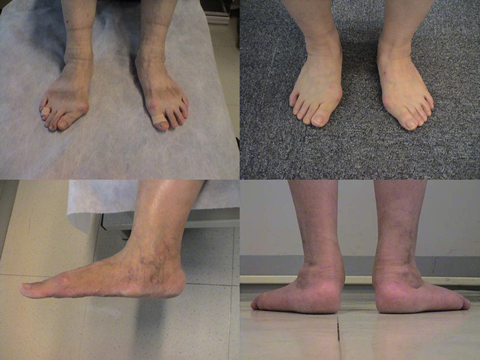
Flat feet and pronated feet
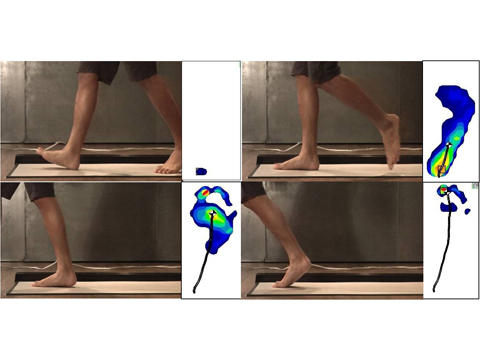
Synchronization of gait motion capture
and foot pressure
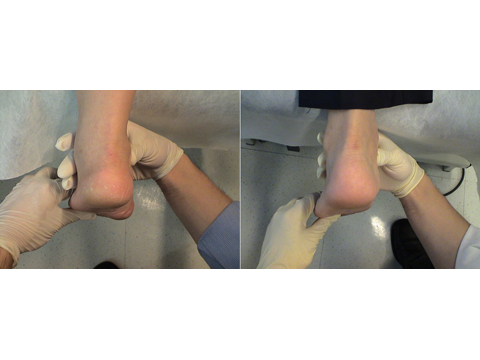
Foot evaluation
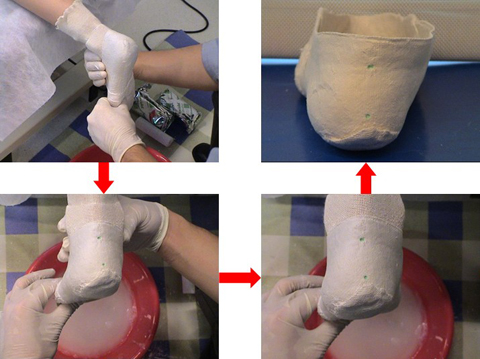
The process of making negative plaster cast

The process of making positive plaster cast
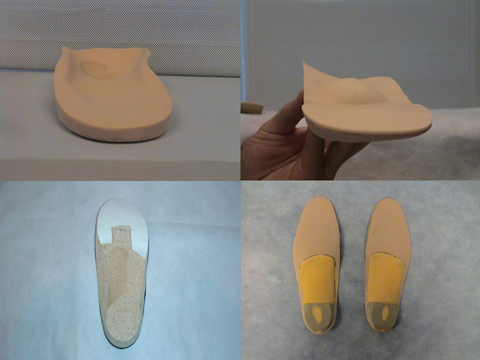
Different types of functional foot orthoses
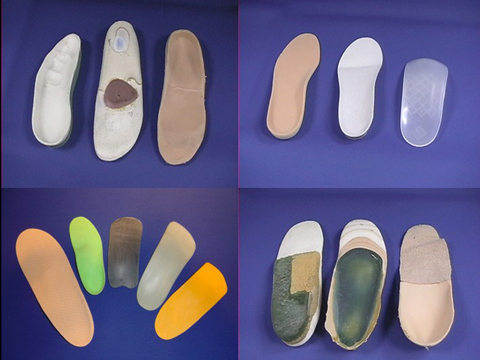
Different types of functional foot orthoses
上一个下一个- Decrease pain experienced in the foot, ankle, knee, hip or back
- Adjust an abnormal walking pattern
- Provide support to foot and ankle joints
- Relieve and redistribute pressure on particular areas of the foot
- Prevent or protect against worsening foot deformity
- Improve the overall mechanics of the foot and lower extremity
Foot orthoses function similar to the way that glasses do. Eyeglasses are designed to correct refractive errors and they perform this function by adding or subtracting focusing power to the eye's cornea and lens. Foot orthoses adjust an improper movement pattern of the joints of the foot and lower leg and counteract the abnormal movement pattern. Foot orthoses allow the joints to move appropriately, and minimize the muscle loading. This lets the foot function more efficiently and effectively when standing, walking, and running.
Since most foot, ankle, knee, leg, and back pain begins or worsens while we're standing and walking, a gait analysis provides the most effective way to diagnose these problems. The human gait is difficult to analyze by observation alone. The patterns of the stride movement are very complex, with many hidden factors playing a role behind the scenes. In addition, each stride takes just 0.6 to 0.8 seconds. The speed of the complex micro-movements involved is so fast that the human eye has difficulty catching and identifying all the component details.
MOTIONDR. combines most advanced knowledge and state of the art technology--digital video analysis system and computerized foot pressure measurement——to accurately evaluate your gait. We analyze information obtained from slow motion and action sequences of images recorded from different angles simultaneously. Gait analysis can help determine underlying problems such as bone deformities, movement restrictions, and abnormal movement and pressure patterns. Based on the result of the assessment, Dr. Pai can then design a pair of custom-made foot orthoses to effectively improve your walking and/or running.
Used in conjunction with appropriate footwear, foot orthoses can be effective in helping to improve a number of foot and lower limb conditions including:
- Heel pain/ Plantar fasciitis
- Metatarsalgia
- Morton's neuroma
- Corns
- Bunions
- Achilles tendonopathy
- Shin splints
- Patellofemoral pain syndrome
- Iliotibial pain syndrome
- Low back pain
- Diabetes mellitus
- Arthritis
- Detailed functional evaluation of alignment, range of joint, muscle flexibility, and muscle strength
- Video movement capture from different angles
- Computerized foot pressure measurements, including pressure distribution and timing
- Integration and interpretation of the findings
- Expert review of the results and then recommendations
- Foot casting